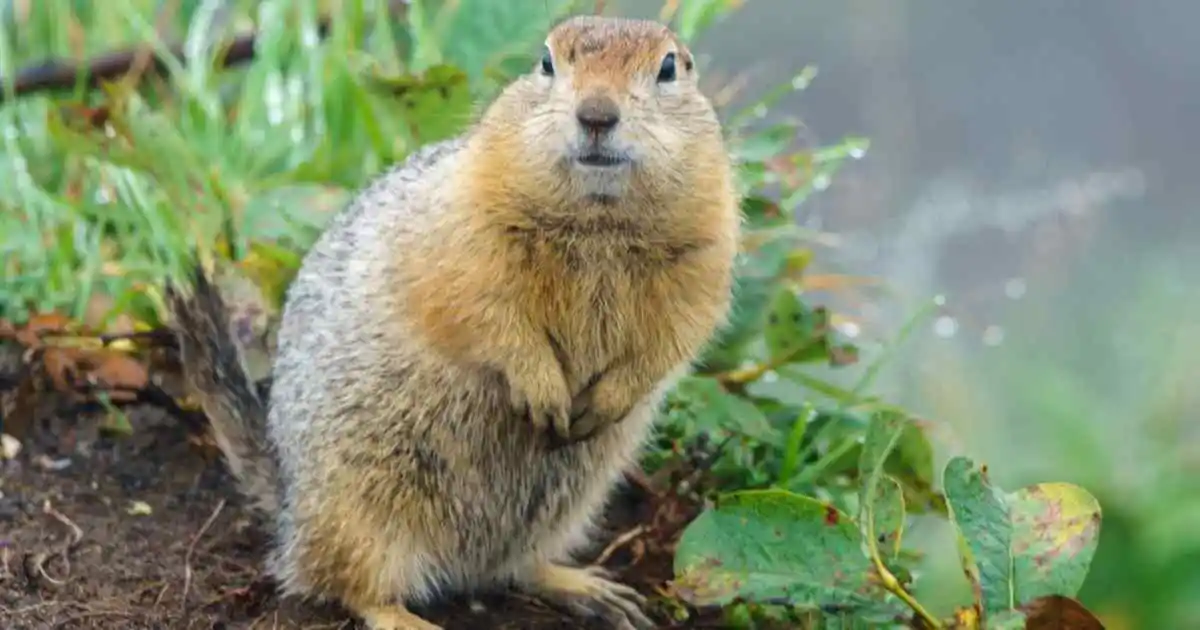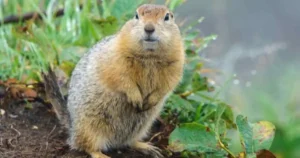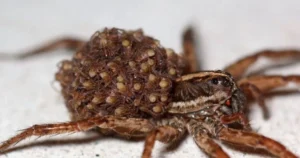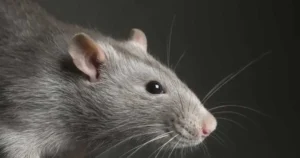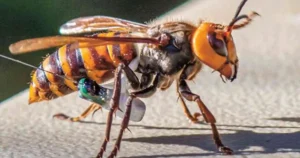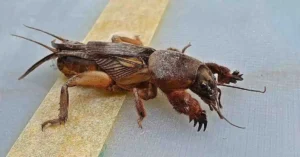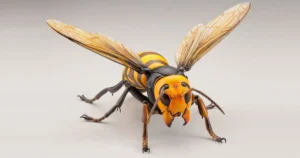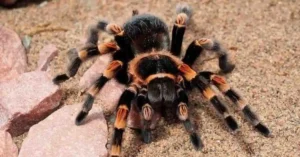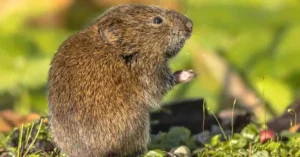Gophers, small burrowing rodents, pose a significant threat to gardens and landscapes. Their underground activities damage plant roots, disrupt irrigation systems, and create unsightly mounds. In this comprehensive guide, we explore the most effective strategies to identify, manage, and prevent gopher infestations.
What Are Gophers?
Gophers belong to the rodent family and are commonly found in North America. They are characterized by:
- Length: 6–12 inches.
- Coat: Brown or gray fur.
- Features: Prominent front teeth and powerful digging claws.
These rodents are solitary creatures, spending most of their lives underground, where they build extensive tunnel networks.
Signs of Gopher Activity
It’s essential to identify gopher activity early to mitigate potential damage. Look for the following indicators:
| Sign | Description |
| Soil Mounds | Crescent-shaped mounds near tunnel entrances. |
| Wilting Plants | Plants lose vitality due to root damage. |
| Soft Ground | Ground may sink or feel spongy due to burrowing. |
Damage Caused by Gophers
Gophers can wreak havoc in gardens and landscapes, causing:
1. Root Damage
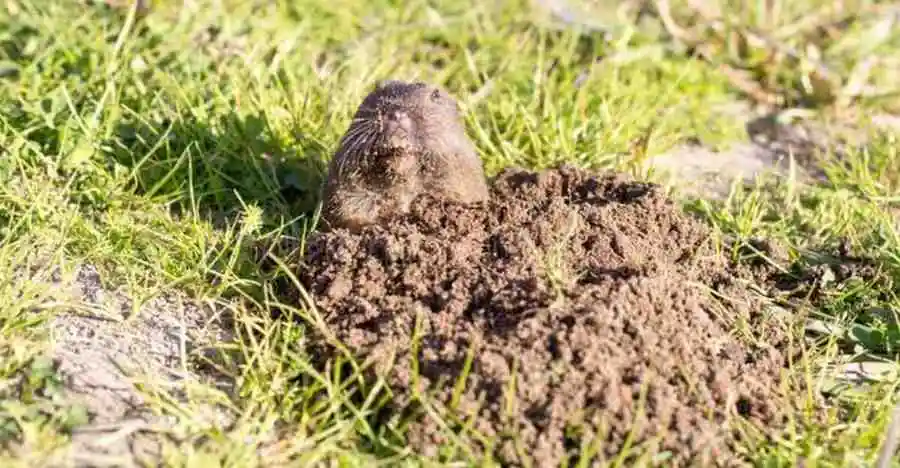
Gophers feed on roots, which weakens plants, leading to poor growth or death.
2. Irrigation Issues
Burrows disrupt underground irrigation lines, resulting in leaks or uneven water distribution.
3. Soil Erosion
Tunnels destabilize soil, increasing the risk of erosion and uneven ground.
4. Aesthetic Problems
The mounds of displaced soil create unsightly patches, making lawns and gardens less appealing.
Strategies to Control Gophers
Controlling gophers requires a combination of physical, chemical, and biological methods. Below are detailed strategies:
1. Physical Control
| Method | Description | Effectiveness |
| Traps | Use gopher traps near active tunnels to catch them. | High |
| Barriers | Install underground wire mesh or hardware cloth. | Moderate |
Trapping Tips:
- Place traps inside main tunnels.
- Check traps daily to remove captured gophers.
2. Chemical Control
Chemical control methods include poison baits and fumigants.
| Type | How It Works | Precautions |
| Poison Baits | Gophers ingest the bait, which is lethal. | Use gloves; follow local laws. |
| Fumigants | Release toxic gases into tunnels to suffocate gophers. | Ensure proper ventilation. |
3. Biological Control
Encouraging natural predators can help manage gopher populations.
| Predator | Role in Control |
| Owls | Hunt and consume gophers in large numbers. |
| Snakes | Enter burrows and prey on gophers. |
| Foxes | Natural predators that can deter gophers. |
4. Cultural and Preventive Measures
Implementing preventive measures can deter gophers from invading:
Planting Repellent Species
Certain plants, such as daffodils and castor beans, repel gophers naturally.
Maintaining Soil
Fill holes and compact soil to reduce the chances of burrowing.
Using Vibrating Devices
Solar-powered vibrating stakes create vibrations that drive gophers away.
Comparative Table of Gopher Control Methods
| Control Method | Cost | Ease of Use | Effectiveness |
| Trapping | Low | Moderate | High |
| Poison Baits | Moderate | Easy | High |
| Fumigation | High | Complex | Moderate |
| Natural Predators | Low | Easy | Moderate |
| Physical Barriers | Moderate | Time-Consuming | High |
Step-by-Step Guide to Using Traps
Follow these steps to use gopher traps effectively:
- Locate Active Tunnels: Identify fresh mounds and probe the ground to find tunnels.
- Set the Trap: Place traps inside the tunnels, ensuring they are secure.
- Monitor Daily: Check the traps each day and remove any captured gophers.
- Seal Tunnels: After capturing the gopher, fill and compact the tunnel to prevent reuse.
The Role of Natural Solutions
Natural solutions are eco-friendly and can be integrated with other methods:
1. Castor Oil
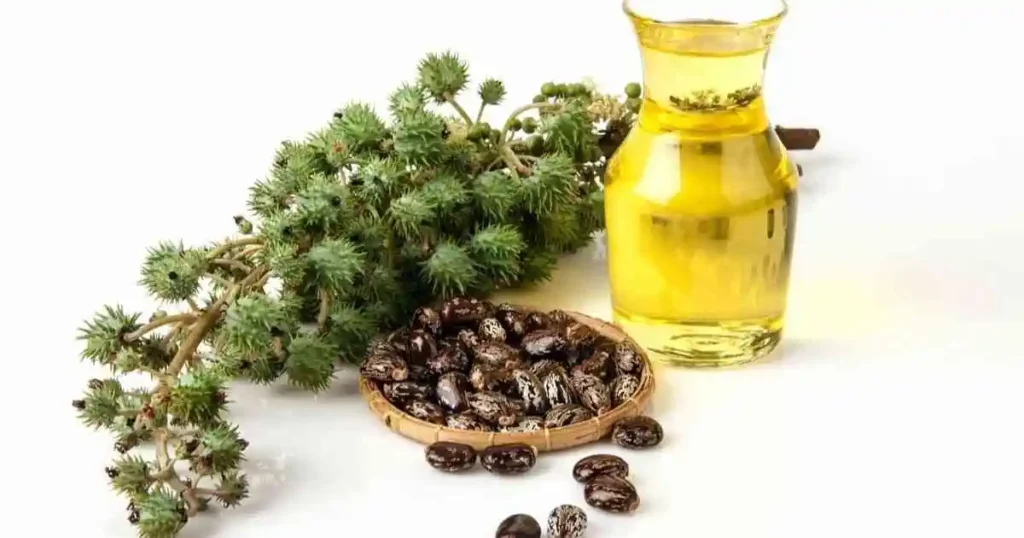
Applying castor oil to the soil can repel gophers. Mix castor oil with water and spray it over affected areas.
2. Predator Urine
Predator urine, such as fox or coyote urine, can deter gophers when applied around the garden.
3. Mulching with Spicy Materials
Using mulch infused with cayenne pepper or chili powder can make areas less attractive to gophers.
4. Water Management
Gophers prefer moist soils. Avoid overwatering your garden to make the environment less appealing to them.
Long-Term Solutions
For sustainable gopher control, consider these long-term approaches:
Integrated Pest Management (IPM)
An IPM strategy combines multiple methods, such as traps, barriers, and biological controls, for long-term success. Regular monitoring and adapting strategies are essential for effectiveness.
Professional Services
If gophers persist, hiring pest control professionals can provide specialized solutions tailored to your garden’s needs. Professionals can also implement advanced methods, like carbon monoxide injections or sonic repellents, which are difficult to deploy independently.
Gopher-Proof Landscaping
Consider designing your landscape with gopher-resistant materials and layouts. Raised garden beds with metal mesh lining can prevent burrowing. Using hardscaping, such as stone or concrete, in vulnerable areas also reduces their activity.
FAQs
1. How do I know if gophers are active in my garden?
Look for crescent-shaped soil mounds, wilting plants, and spongy ground. These signs indicate active gopher tunnels.
2. Can I use poison baits in my vegetable garden?
It’s not recommended to use poison baits near edible plants due to potential contamination. Opt for traps or natural methods instead.
3. How long does it take to eliminate gophers using traps?
The duration depends on the severity of the infestation. In most cases, you can see results within a week if traps are placed correctly.
4. Are there any plants that repel gophers naturally?
Yes, plants like daffodils, castor beans, and marigolds are known to repel gophers. Consider planting them as a natural deterrent.
5. What time of year is best to control gophers?
The best time to control gophers is during the spring and fall when they are most active. Monitoring their activity during these periods will help you implement effective measures quickly.
Conclusion
Gophers can be a persistent problem, but with the right approach, you can protect your garden. Combining methods like trapping, using barriers, and encouraging natural predators ensures effective control. Prevention is equally important; maintaining healthy soil and planting deterrent species can go a long way in keeping your garden gopher-free.
By implementing these strategies, you’ll not only safeguard your plants but also preserve the beauty and health of your garden.

James William is a passionate animal lover and expert in the Animals and Pets niche. With years of experience in pet care, wildlife studies, and blogging, James shares practical tips, heartwarming stories, and expert advice to help pet owners build stronger bonds with their furry, feathered, and scaly companions.
